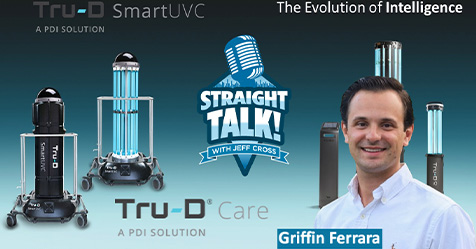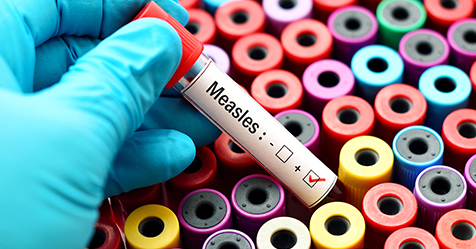Study Finds UV-A Disinfection No Substitute for Manual Cleaning
Ultraviolet light effective against limited pathogens
A new study testing the efficacy of UV-A disinfection against several health care-acquired infections (HAIs) found while the technology kills several pathogens, it is not effective against Clostridioides difficile, or C. diff., Infection Control Today reports.
Researchers used a ceiling light fixture for the UV-A source, testing its efficacy on C. diff., methicillin-resistant Staphylococcus aureus (MRSA), and Candida auris (C. auris), as well as two kinds of virus bacteriophages, all placed on a carrier disk to represent hospital room surfaces. The researchers also tested how well the UV-A light removed contaminants from hospital equipment by placing ultrasound machines, glucometers, wheelchairs, workstations-on-wheels, as well as other items 2 meters from the light source for four hours.
After the disinfection time had passed, researchers found a significant reduction in pathogenic microorganisms from the medical equipment. Prior to UV-A disinfection, 37% of the equipment had pathogenic microorganisms, compared to 10% after. They found a modest reduction of MRSA, C. auris, and the bacteriophages on the disks, but no reduction of C. diff spores, even after 24 hours of exposure to the UV-A light.
The researchers concluded that while UV-A can reduce microorganisms in health care environments, it cannot and should not be a substitute for the manual cleaning and disinfection that is required to remove hardier pathogens.
High-level disinfectants, including peracetic acid, bleach, and hydrogen peroxide blends, are the most effective agents against bacterial spores such as C. diff. Learn other tips for eliminating HAIs from hospitals and other health care facilities.

